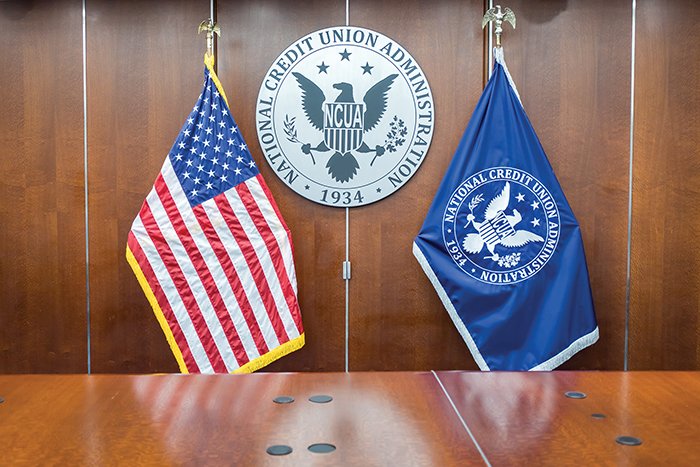LOS ANGELES – It's almost an old story now. After 9/11 credit unions geared up their disaster recovery efforts. Here's a story of how one CU did it – in real time. Located in Los Angeles, the $480 million Farmers Insurance Group FCU already had earthquakes to worry about, but after 9/11 and the new threat of man-made catastrophes, the CU kicked a revamped disaster recovery process it was already discussing into high gear. "We were thinking about it, but 9/11 made us think, `time to put this in the forefront,' " said Stan Carter, IT analyst for FIGFCU. " We wanted a real-time back-up at an off-site location that wouldn't be affected by an area-wide disaster." The CU's existing recovery process was high-cost and high-effort. Recovering from a disaster would require the reposting of thousands of branch and online transactions. To run back-up on the primary system, mirrored drives would have to be split so the data would be static. Next, the separated mirrored drives would be backed up to 8mm tape and sent to the Disaster Recovery Center in Phoenix via a Frame Relay T1 line. The time for all that? At least a day, which can be an eternity in disaster time. The CU chose to move to a jBASE database to bring recovery on a more real-time plane. jBASE can function in both a Windows and UNIX environment; provide 24×7 availability; hot back-up; and what the CU has found is easy recovery and increased processing speed. "During our testing phase we saw some very significant improvements in speed and performance," said Carter. With jBASE, FIGFCU now runs online, real-time journaling from the primary system directly ot the Phoenix DRC system. Every transaction that occurs within the CU gets automatically duplicated to the DRC system. A back-up of the primary system is performed daily and a back-up of the DRC system once a month. "We don't need to split the mirrors anymore, which saves us 20 minutes each day. Running statements has been reduced from three hours and 30 minutes and downtime has virtually been eliminated." said Carter. "The main reason for going to jBASE was for the real-time redundancy of data. Now we have this redundancy at our DRC in Phoenix," said Mark Herter, president/CEO of FIGFCU. With the ability to journal to a hot stand-by system, FIGFCU no longer needs to bring online transactions such as Net banking and IVR down to perform end of day mirroring of the system. Farmers Insurance Group FCU is an ULTRADATA client. ULTRADATA said it is hoping to migrate all of its clients to jBASE within the next few years because of its scalability, low cost of ownership and database independence. Farmers Insurance Group FCU happened to be the first CU to try it. "The migration to the jBASE database management system expands options for our customers when they're choosing hardware platforms and operating systems. It also meets many of their disaster recovery requirements by providing 24×7 availability, hot back-up and recovery, and increased processing speed," said Pamela Harris, Product Manager for Harland Financial Solutions' ULTRADATA System Host Processing Engine. Ultimately, one reason FIGFCU moved to jBASE was cost. The CU first investigated an IBM solution that would have required moving to a T3 line that cost $100,000 more than its T1 Frame Relay already in use. The cost of getting the IBM solution up and running would have been about $250,000. [email protected]
© Touchpoint Markets, All Rights Reserved. Request academic re-use from www.copyright.com. All other uses, submit a request to [email protected]. For more inforrmation visit Asset & Logo Licensing.






